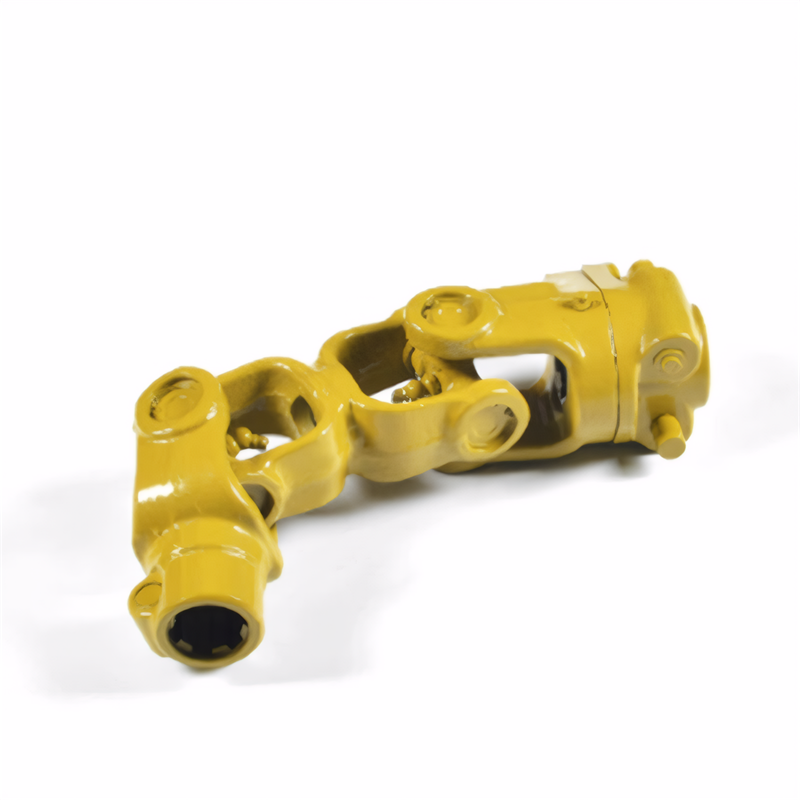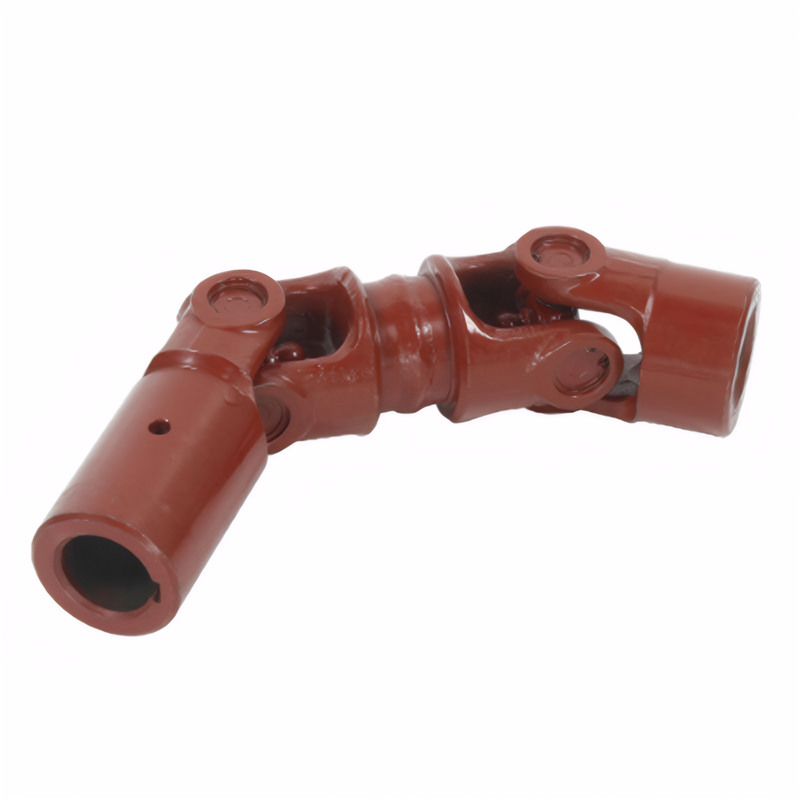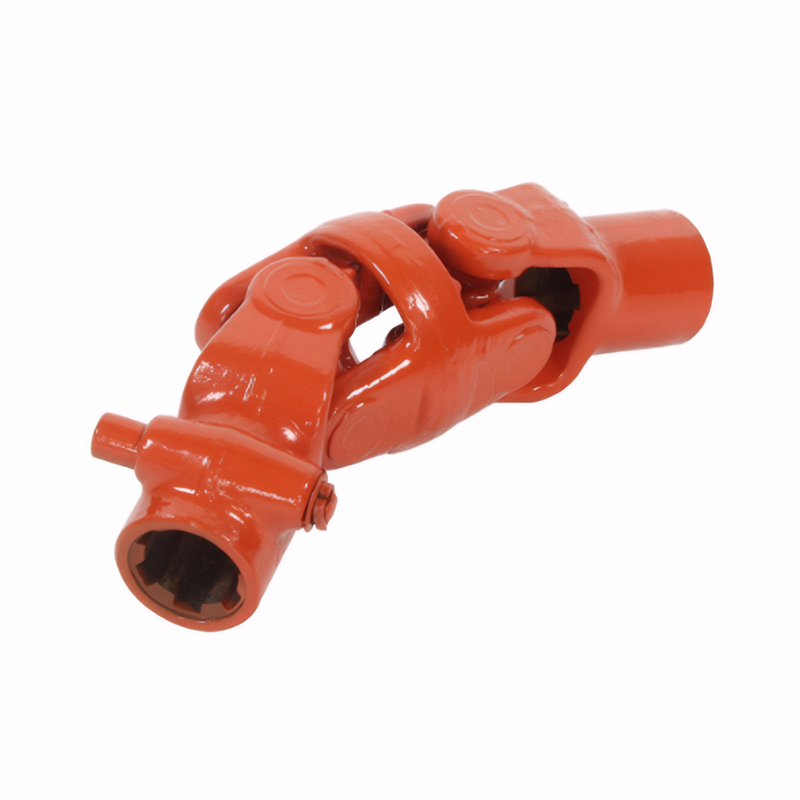Key points of CNC processing services for standard plastic products for repairing cracks in drive shafts
Crack Repair Standards for Transmission Shafts
Inspection and Assessment of Crack Severity
Before initiating any repair work on a transmission shaft with cracks, a comprehensive inspection is crucial. The first step involves determining the orientation of the cracks, whether they are transverse or longitudinal. Transverse cracks are perpendicular to the axis of the shaft, while longitudinal cracks run parallel to it. The depth of the cracks is also a critical factor. For transverse cracks, if the depth does not exceed 10% - 15% of the shaft's diameter, repair is generally feasible. In the case of longitudinal cracks, as long as they do not extend beyond 10% of the shaft's length, repair can be considered.
Visual inspection is often the initial method, but it may not be sufficient for detecting internal or hidden cracks. Non - destructive testing techniques such as magnetic particle inspection or ultrasonic testing are more reliable. Magnetic particle inspection is effective for detecting surface and near - surface cracks in ferromagnetic materials. It involves applying a magnetic field to the shaft and then spreading magnetic particles over its surface. If there are cracks, the particles will accumulate at the crack sites, making them visible. Ultrasonic testing, on the other hand, uses high - frequency sound waves to detect internal cracks. A transducer sends sound waves into the shaft, and the reflected waves are analyzed to identify any discontinuities, which indicate the presence of cracks.
Repair Methods Based on Crack Characteristics
For minor cracks that meet the repair criteria, stack welding is a commonly used method. This process involves building up the material around the crack using a welding electrode. Before welding, the crack area needs to be cleaned thoroughly to remove any dirt, grease, or loose material. A pre - heat treatment may be required depending on the material of the shaft to prevent cracking during welding due to thermal stress. After welding, post - heat treatment such as stress - relieving annealing is necessary. This helps to reduce the internal stresses introduced during the welding process, improving the fatigue strength of the repaired area and preventing the recurrence of cracks.
In some cases, especially when the crack is relatively small and located in a non - critical area, laser welding or micro - arc welding can be employed. These methods offer higher precision and can minimize the heat - affected zone, reducing the risk of introducing new defects. Laser welding uses a high - energy laser beam to melt the material, while micro - arc welding creates a small arc between the electrode and the workpiece to deposit the filler material.
If the cracks are too severe or do not meet the repair criteria, the shaft must be replaced. Continuing to use a severely cracked shaft can lead to catastrophic failures, such as shaft breakage during operation, which can cause significant damage to other components of the transmission system and pose a serious safety hazard.
Post - Repair Quality Control
After the repair is completed, a series of quality control measures must be carried out. The first step is a visual inspection to ensure that the repaired area has a smooth surface and there are no visible defects such as porosity, cracks, or incomplete fusion. Then, non - destructive testing should be performed again to confirm that the cracks have been completely eliminated and no new cracks have been introduced during the repair process.
In addition to non - destructive testing, dimensional inspection is also essential. The repaired shaft should be measured to ensure that it meets the original design specifications in terms of diameter, length, and straightness. Straightness is particularly important for transmission shafts as any deviation can cause vibration and uneven wear during operation. A dial indicator can be used to measure the straightness of the shaft by placing it on a flat and stable surface and rotating the shaft while observing the indicator readings.
Finally, a dynamic balance test may be required, especially for high - speed transmission shafts. An unbalanced shaft can generate excessive vibration, leading to premature failure of bearings and other components. The dynamic balance test involves mounting the shaft on a balancing machine, which measures the vibrations caused by the rotating shaft. Based on the test results, balancing weights can be added or removed to ensure that the shaft operates smoothly within the specified balance limits.
Key Points for CNC Machining Services of Plastic Products
Selection of Cutting Tools and Parameters
The choice of cutting tools and parameters is crucial for achieving high - quality CNC machined plastic products. Different types of plastics have unique physical and mechanical properties, which require specific tool geometries and cutting parameters. For example, when machining soft plastics like polyethylene (PE), high - speed steel (HSS) tools can be used. These tools are suitable for low - speed cutting and can effectively cut through the soft material without causing excessive heat buildup, which could lead to melting or deformation.
For harder plastics such as polycarbonate (PC), hard alloy tools are a better choice. Hard alloy tools have higher hardness and wear resistance, allowing them to withstand the higher cutting forces associated with harder materials. The cutting speed, feed rate, and cutting depth also need to be adjusted according to the type of plastic. Generally, for most plastics, a relatively high cutting speed can be used to reduce the friction heat between the tool and the workpiece. However, the speed should not be too high to avoid overheating the tool. The feed rate should be balanced between cutting efficiency and surface quality, and the cutting depth should consider both the cutting force and the processing efficiency.
Control of Processing Environment
The processing environment plays a significant role in the quality of CNC machined plastic products. Temperature control is particularly important as plastics are sensitive to heat. Excessive heat can cause the material to soften or melt, leading to poor surface finish, dimensional inaccuracies, and even tool damage. Therefore, it is essential to maintain a stable processing temperature. For some heat - sensitive plastics, cooling systems can be used to dissipate heat during machining. Compressed air or water - based coolants can be applied to the cutting area to reduce the temperature and prevent overheating.
Humidity can also affect the machining process. High humidity can cause some plastics to absorb moisture, which can lead to changes in their physical properties, such as increased brittleness or reduced dimensional stability. To minimize the impact of humidity, the processing environment should be kept at a relatively low humidity level, and the plastic materials should be stored in a dry place before machining.
Quality Inspection and Surface Treatment
Quality inspection is an integral part of CNC machining services for plastic products. After machining, the products should be inspected for dimensional accuracy, surface finish, and the presence of any defects such as cracks, burrs, or scratches. Dimensional inspection can be carried out using measuring tools such as calipers, micrometers, and coordinate measuring machines (CMMs) to ensure that the products meet the specified design requirements.
Surface treatment can further improve the quality and appearance of the machined plastic products. Depending on the application requirements, various surface treatment methods can be used, such as polishing, painting, or plating. Polishing can remove any remaining burrs or scratches on the surface, resulting in a smooth and glossy finish. Painting can provide color and protection to the plastic products, while plating can enhance their wear resistance and corrosion resistance. The choice of surface treatment method should be based on the specific needs of the application and the properties of the plastic material.
 Accuracy requirements for the
Accuracy requirements for the
 Selection of universal joint t
Selection of universal joint t
 Standard for coaxiality error
Standard for coaxiality error
 Requirements for the surface r
Requirements for the surface r
 简体中文
简体中文 English
English
